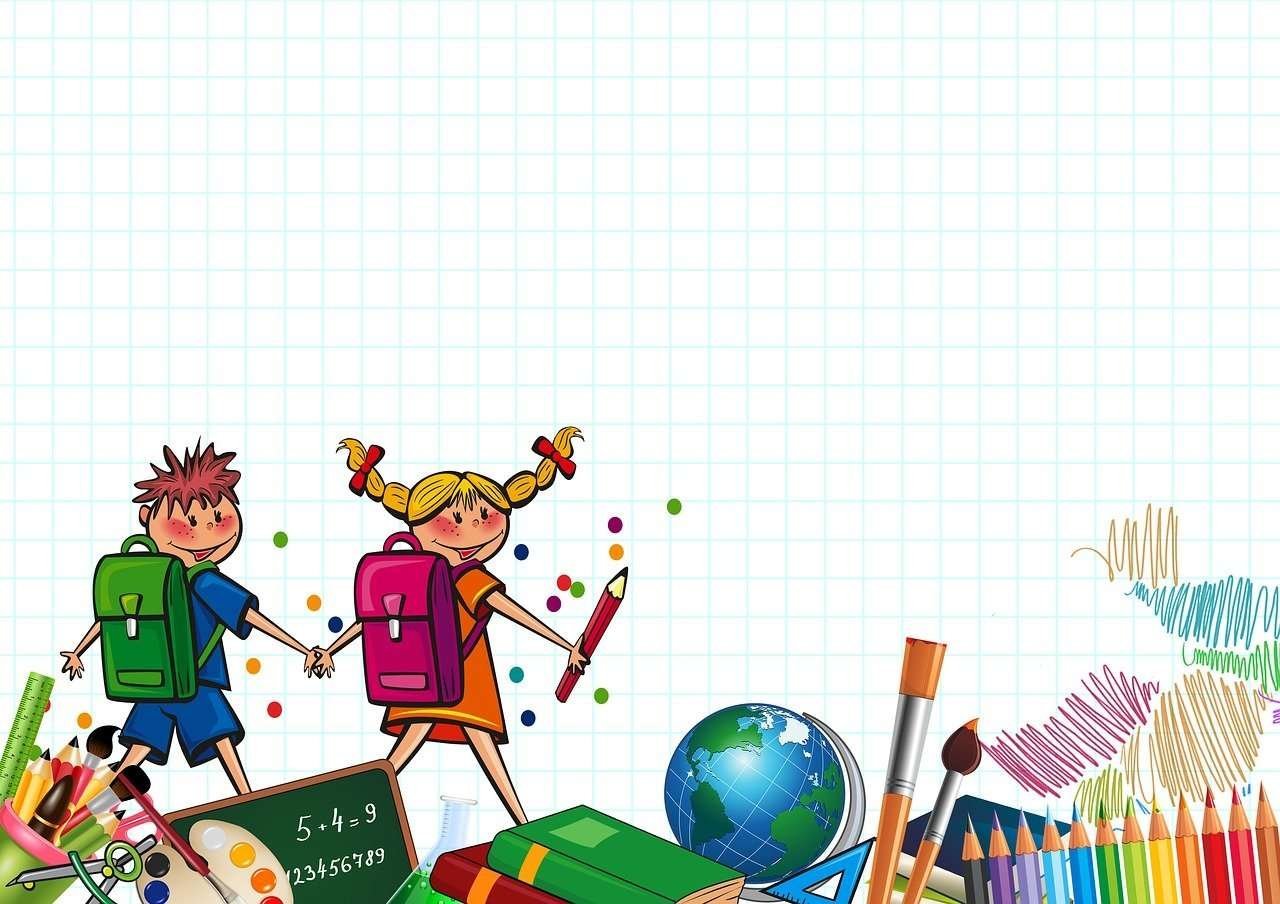Education is the cornerstone of societal progress, shaping the future of individuals and communities. Over time, the approach to education has undergone significant transformations, evolving from traditional methods to contemporary, more dynamic systems. This shift from old to new education has sparked debates and discussions about which approach is more effective in preparing students for the challenges of the modern world. In this essay, we will explore the key differences between old and new education, highlighting the strengths and weaknesses of each.
Old education, often characterized by its traditional classroom settings, rigid curriculum, and teacher-centered approach, has been the dominant model for centuries. In this system, the teacher is the primary source of knowledge, and students are passive recipients of information. The curriculum is often standardized, leaving little room for customization to cater to individual learning styles and needs.
One of the strengths of old education lies in its structure and stability. It has a long history of producing educated individuals who have contributed significantly to society. Additionally, it can instill discipline and respect for authority in students. However, this approach can be limiting. It tends to focus on rote memorization rather than critical thinking and problem-solving skills. Furthermore, it may not adapt well to the rapidly changing demands of the modern job market.
In contrast, new education represents a paradigm shift in the way we approach learning. It emphasizes active participation, student-centered learning, and the integration of technology. In this model, students are encouraged to explore their interests, engage in collaborative projects, and think critically about the material. The curriculum is often more flexible, allowing for the inclusion of relevant, real-world topics.
One of the strengths of new education is its ability to foster creativity and innovation. It prepares students for the complex challenges of the 21st century by equipping them with problem-solving skills and adaptability. Additionally, it can accommodate diverse learning styles, making education more inclusive. However, critics argue that it may lack the structure and discipline instilled by traditional education.
In terms of technology, new education leverages digital tools and resources to enhance the learning experience. This includes online courses, interactive simulations, and access to a wealth of information on the internet. While this can provide students with valuable skills and knowledge, it also raises concerns about screen time and the potential for distractions.
Both old and new education have their merits and drawbacks. The ideal approach may lie in a balance between the two, taking advantage of the strengths of each while addressing their weaknesses. For instance, integrating technology and interactive learning into traditional classrooms can create a more engaging and effective educational experience. Likewise, incorporating elements of structure and discipline into student-centered learning can help maintain focus and motivation.
In conclusion, the transition from old to new education represents a crucial evolution in how we prepare individuals for the challenges of the modern world. While traditional education offers stability and structure, it may fall short in fostering critical thinking and adaptability. New education, on the other hand, promotes creativity and innovation but may lack discipline and focus. Striking a balance between these approaches, embracing the strengths of both, can pave the way for a more effective and inclusive educational system. Ultimately, the goal should be to empower students with the skills and knowledge they need to thrive in an ever-changing global landscape.








7 comments
aut ipsam ipsum sequi voluptatem reiciendis ea asperiores est sint perspiciatis amet iusto. id tempora et pariatur corporis vel quo possimus ullam et unde adipisci. veritatis incidunt voluptatem perspiciatis modi pariatur ipsum accusamus. et saepe voluptates nam eum possimus ipsum quidem et porro qui rerum. iure unde consequatur repudiandae consectetur dignissimos voluptatem nisi.
vel consequatur non reiciendis adipisci et alias voluptate inventore. id tempore laboriosam occaecati nihil nisi pariatur consequuntur voluptatem facere porro veniam. explicabo voluptas exercitationem tempora aperiam saepe similique et optio eos sed unde quis ratione. libero vero quia est reiciendis molestiae beatae sequi inventore cumque commodi quis cum eum.
F*ckin’ remarkable things here. I am very glad to peer your post. Thanks so much and i am having a look forward to contact you. Will you please drop me a e-mail?
impedit sit perspiciatis quia est consequuntur cumque inventore. assumenda consequuntur omnis est consequuntur doloremque accusamus quibusdam sunt cupiditate.
Definitely believe that which you said. Your favorite justification seemed to be on the web the simplest thing to be aware of. I say to you, I certainly get annoyed while people think about worries that they plainly do not know about. You managed to hit the nail upon the top as well as defined out the whole thing without having side-effects , people can take a signal. Will probably be back to get more. Thanks
Hello. splendid job. I did not imagine this. This is a great story. Thanks!
Greetings from Idaho! I’m bored to death at work so I decided to check out your website on my iphone during lunch break. I really like the knowledge you present here and can’t wait to take a look when I get home. I’m amazed at how quick your blog loaded on my phone .. I’m not even using WIFI, just 3G .. Anyhow, excellent site!